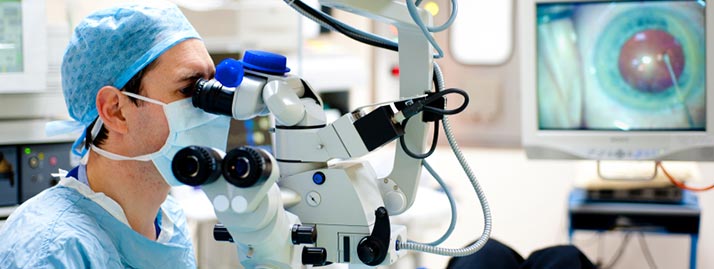
It is basic to treat our eyes with consideration all throughout our lives. Ignoring changes in vision or skipping eye examinations puts our most significant workforce in danger. The ophthalmologist in battle creek tend to recommend that adults see an ophthalmologist as a little while later as possible if you experience any of the taking after symptoms:
- Loss of vision or diminished vision in one or the two eyes
- Changes in vision, for example, abrupt spots, flashes of light, lightning streaks or rough lines of light, wavy or watery vision, foggy faces, contortions or wavy lines, haloes around lights, twofold vision
- Changes in the field of vision, for example, shadows, drapery-like loss of vision, dark spots or haziness in focal or fringe (side) vision
- Physical changes to the eye, for example, crossed eyes, eyes that turn in, out, up or down, torment, indications of disease (redness, swelling, release, and so on.)
- Changes in shading vision
Ophthalmologists too perform eye exams and endorse remedial focal points but they can too perform eye surgery. They are too profoundly prepared and talented at diagnosing, observing and treating an assortment of eye conditions, counting glaucoma, macular degeneration or cataracts. Deciding whether you wish to see an ophthalmologist depends on your needs and your indications. An optometrist performs eye exams to distinguish vision issues and endorses remedial focal points. A few optometrists offer moo vision care and give vision treatment. An optometrist is as it was fitting if your eyes are solid and you would like as it were a checkup or an upgrade for your eyeglasses or contact focal points.
Having your eyes examined irregularly all through your life and giving a family ancestry of eye disease is significant. A beginning eye test at a half-year-old has any kind of effect with the early area of vision issues that can add to developmental deferrals, informational challenges and social issues in a bad position seeing appropriately. Solid adults who don’t observe anything off kilter with their eyes should see an eye authority consenting to this calendar:
- Age 19 to 40: at scarcest every 10 years
- Age 41 to 55: at scarcest every 5 years
- Age 56 to 65: at scarcest every 3 years
- Over age 65: at scarcest every 2 years
Before Age 5
Since it is workable for your youngster to have a genuine vision issue without monitoring it, your kid ought to have his or her eyes screened at age 3 and 5 by an eye care proficient, essential consideration supplier, family doctor, pediatrician or prepared screener for eye conditions, for example,
- Strabismus (crossed eyes)
- Amblyopia (sluggish eye)
- Ptosis (hanging of the upper eyelid)
- Refractive blunders (myopia, farsightedness, and astigmatism)
Adolescence to Age 39
Most youngsters have solid eyes, yet at the same time need to deal with their vision by wearing defensive eyewear when working in perilous zones, playing sports, doing woodwork or yard work, working with synthetic compounds or partaking in different exercises that could cause eye damage.
- Visual changes or agony
- Flashes of light
- Seeing spots or apparition like pictures
- Dull spot shows up in the vision
- Lines and edges seem contorted or wavy